A Brief Talk on Sino-American Coffee-Beautiful Nature, Caribbean Spirit-Dominican Republic
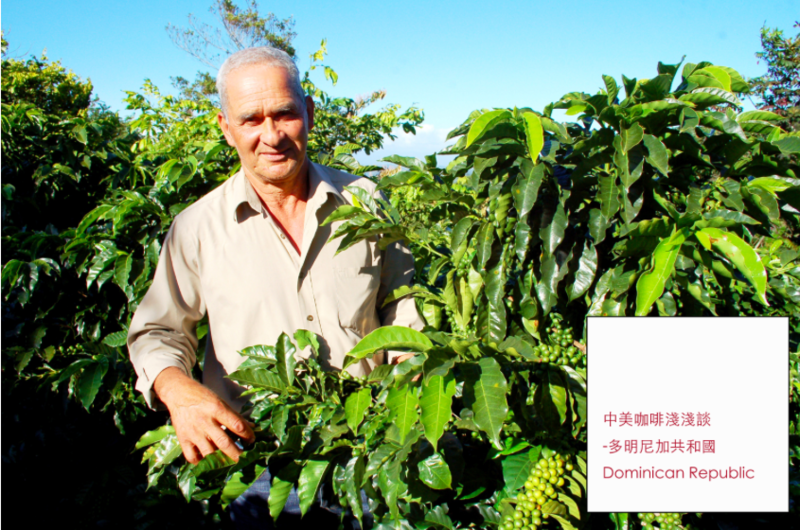
For professional baristas, please follow the coffee workshop (Wechat official account cafe_style)
Dominica coffee is not so much "Central American coffee".
A lot of information is classified as "Caribbean" or "island coffee".
In addition to the differences in climate and local conditions, there are also differences in political independence and consumption habits.
It makes the multinational coffee a bit more of the smart temperament of the island.
In recent years, we are committed to organic certification, not spraying pesticides, and promoting a single exhibition area and a single variety of boutique coffee.
Makes multinational coffee much purer than anywhere else.
This kind of non-cannibalistic, bright and delicate quality
Very much like the sparkling elves in the Caribbean.
"A brief talk on Chinese and American Coffee" is coming to an end here.
Dominica will be the last article on "Coffee between China and America"
Today I'm going to show you the charming coffee republic-Dominica.
Also use this text a lot of articles, thank you for your support to "A brief talk on Sino-American Coffee".
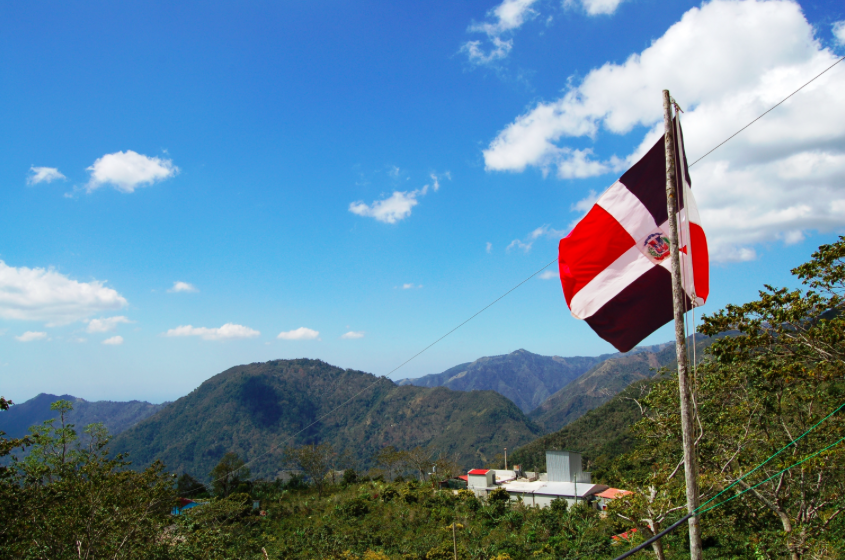
A brief history of coffee in Dominica:
Coffee was introduced in 1735 to the Spanish-controlled island of Hispaniola, which is now the island of Dominica.
The coffee industry gradually received attention from 1822 to 1844.
In 1956, many countries began to export coffee from specific producing areas, and coffee farmers began to organize.
The Valdesia regional processing plant in the southern mountains was established in 1976 and had 155 members at that time.
Later, with the volatility of coffee prices and market uncertainty at the end of the 20th century, many farmers began to grow other cash crops.
But some farmers keep growing coffee until the market price recovers.
They set up their own coffee brand "Cafe de Valdesia" to protect the regionality and differentiation of the area.
In 1970, coffee exports were getting smaller and smaller. Today, only 20% of coffee is exported.
The main reason is the high domestic demand for coffee, which is about 3 kilograms per person per year, which exceeds that of the United Kingdom.
In 2008, Dominican Coffee won the 13th place on the SCAA's Coffee of the year list.
Since 2011, more and more exported coffee are seeking machine certification in order to make greater profits.
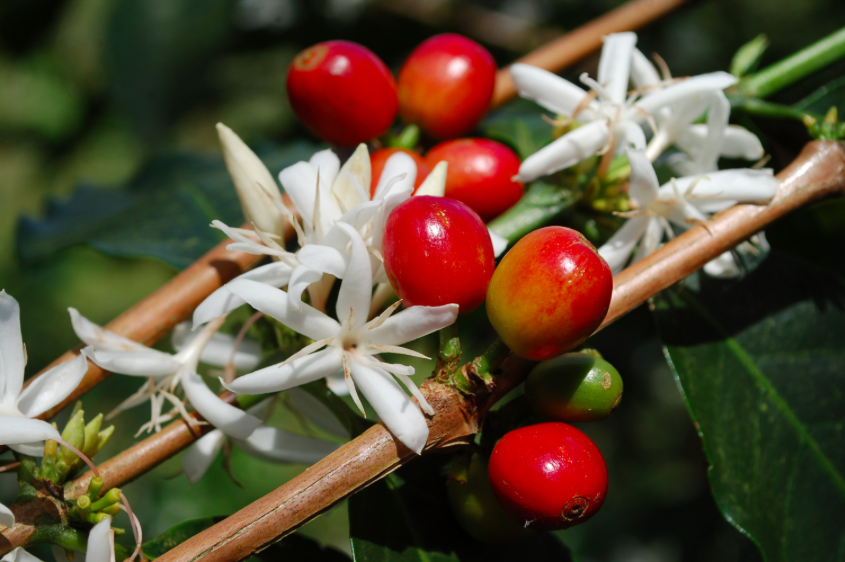
Dominican Coffee Mini File:
Mainly Arabica, 90% are Tibica, and the other 10% are Kaddura, Bourbon and Kaduai.
(it is said to be a descendant of Tibica planted by French officer Dikrou on the island of Martinique. )
The treatment method is mainly water washing and part of it is insolation.
The 26th largest coffee producer in the world, but its external sales are relatively low because of its large domestic demand.
So the global market share is only 0.3%.
Dominican coffee features:
The soil of Dominica belongs to limestone and granite and is rich in minerals.
The soil is different from other Chinese and American producing areas, so the taste of the coffee is also very unique.
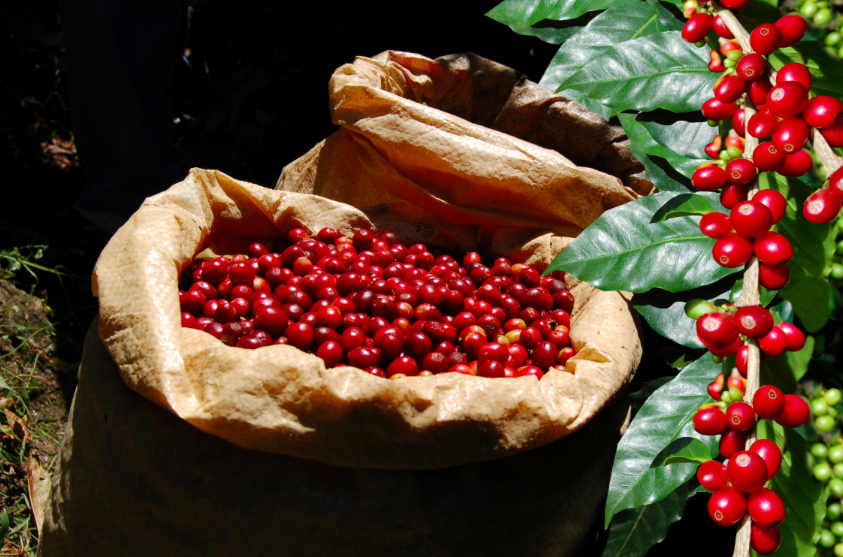
Coffee producing areas of Dominica:
BARAHONA producing area of Balaona province
Bouquet: intense, with hints of chocolate and nuts
Palate: mellow
Acidity: soft
Flavor: with chocolate and forest fruit flavor, bean color is blue, and the bean body is large and oval
Balanced: smooth on the palate with a long finish
Variety: 80% Typica-20% Kaddura (Caturra)
Altitude: 600-1300 m above sea level
Harvest period: October to February
CIBAO producing area in Xibao District
Aroma: a hint of cocoa
Palate: mellow
Acidity: obvious
Flavor: strong taste, with cereal flavor
Balance: thick
Variety: 90% Typica-10% Kaddura (Caturra)
Altitude: 400-800m above sea level
Harvest period: September to December
CIBAO ALTURA producing area
Aroma: nutty and floral aromas
Palate: medium
Acidity: meticulous and elegant
Flavor: nuts and wildflowers
Balance: moderate fruit acid
Bean color: turquoise
Variety: 30% Tibica (Typica)-70% Kaddura (Caturra)
Altitude: 600-1500 m above sea level
Harvest period: October to May
CORDILLERA CENTRAL producing areas in the central mountains
Bouquet: aromas of red berries, such as raspberry, raspberry and strawberry
Palate: medium
Acidity: strong and bright
Flavor: cranberry, citrus, floral aromas
Equilibrium: slight acid
Variety: 30% Typica-65% Kaddura (Caturra)-5% Catua í)
Altitude: 600-1500 m above sea level
Harvest period: November to May
NEYBA producing area in Neiba area
Bouquet: a hint of citrus and lemongrass
Palate: medium
Acidity: sweet and soft
Flavor: citrus flavor
Equilibrium: slight acid
Variety: 50% Tibica (Typica)-50% Kaddura (Caturra)
Altitude: 700-1400 m above sea level
Harvest period: November to February
VALDESIA producing area
Aroma: chocolate and nutty
Palate: medium
Acidity: soft
Flavor: sweet taste
Balance: equilibrium and consistency
Variety: 40% Typica-60% Kaddura (Caturra)
Altitude: 500-1100 m above sea level
Harvest period: October to February
Some of the more famous producing areas are: CIBAO in the north, whose name means "surrounded by mountains and rocks" in Spanish.
In the middle, there are La Vega (La Vega) and Ajuya (Azua).
In the south-central part is the province of San Jos é de Ocoa. To the south is the province of Pelavia (Peravia).
In the southwest is the province of Baraona (Barahona).
As for the coffee that won 18th place in the SCAA cup test in 2008, it was produced in Constanza in the central mountain province of La Vega.
Coffee certification in Dominica:
The Dominican Coffee Commission regulates certification in accordance with international standards ISO-17025, 17065 and 17020
And use the most advanced equipment and professional evaluation team.
Many international permanent certifications, such as organic and fair trade, are one of the features of multinational coffee products.
Under the vigorous promotion of multinational coffee brands, such as appellations of origin, sustainable labels and coffee from major high-quality producing areas.
Multinational coffee has developed to an unprecedented level.
Try coffee from Dominica:
Crescent Manor boutique collection coffee
Caribbean emerald organic certified raw bean baking
More than 1100 meters above sea level.
The amount of coffee sold outside in Dominica is very small. (joking, they haven't had enough to drink in their own country! laugh! ) "
It was not easy to find this "crescent manor", but only earrings.
Dominica jade
Located in the central part of Dominica, CIBAO has a tropical rain forest climate.
Warm and gentle climate, soil of volcanic islands and advanced planting techniques
In addition, this is also an organic planting area where no pesticides are applied.
It has obtained a number of international certifications (BCS, USDA, JAS), making it a well-known export producing area of Dominica.
The Dominican coffee of "Crescent Manor" this time is mild, bright and meticulous.
Coffee is mellow, low acidity and has the tonality of cocoa and sugarcane.
I've prepared some 70% chocolate pairing, which is also a good fit.
Comments:
Multinational coffee is similar to Cuba, Haiti, Jamaica and other countries, collectively referred to as "Caribbean coffee"
The origin is in the low-lying area of the Caribbean island, with mild and pure flavor and low acidity.
So generally speaking, light roasting is regarded as the best roasting degree of coffee.
The coffee producing areas of Dominica belong to different microclimate regions, so their tonality is also different.
From the chocolate flavor, high mellow, to with floral or lemon aromas, according to the different customs of each producing area, varied.
In the past 10 years, the output of many countries has been stable, and it is a country with large production in the Caribbean Sea.
But they are in no hurry to export, and they drink 80% of their output by themselves, as if to say:
"regardless of your export market, I don't have enough to drink by myself!"
The good news is that many countries are also one of the few countries in Central America that have not been interfered in the internal affairs of the United States and the Soviet Union.
Based on all kinds of advantages and exclusivity, coffee master Han Huaizong called Dominica the "star of the Caribbean".
…… ……
Important Notice :
前街咖啡 FrontStreet Coffee has moved to new addredd:
FrontStreet Coffee Address: 315,Donghua East Road,GuangZhou
Tel:020 38364473
- Prev
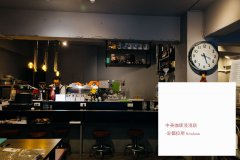
A brief talk on Sino-American Coffee ● is unstoppable and charming supernova-Honduras
For the exchange of professional baristas, please pay attention to the coffee workshop (Wechat official account cafe_style). For mild-tempered Central American coffee, Honduras is one of them with distinctive style and rich tonality. Although the coffee industry develops relatively late, it is powerful, with not only high output, high sweetness, but also fruity and low acidity, but also feeds a number of loyal followers. It's like Norwegian coffee.
- Next
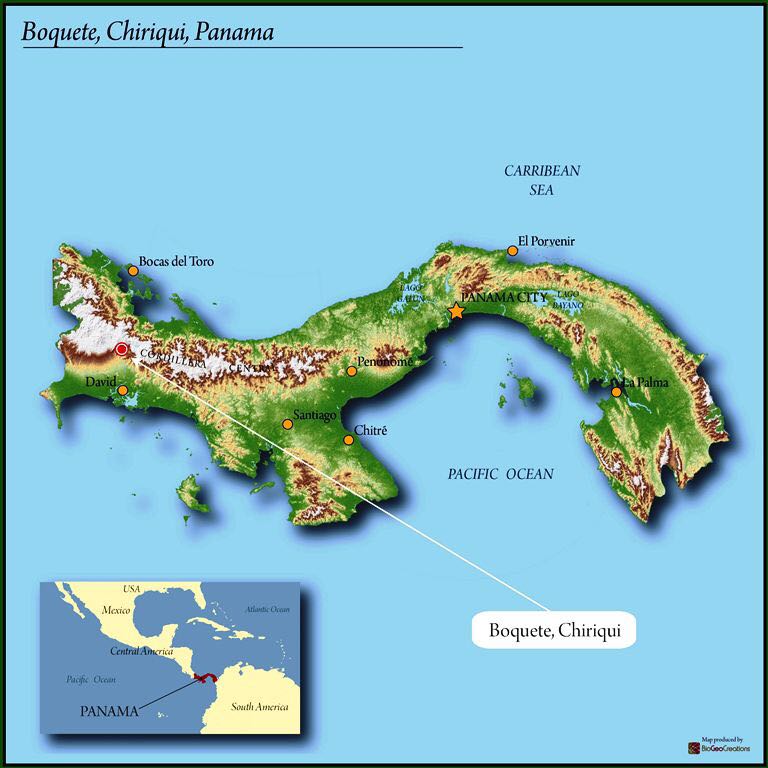
Super cost-effective Panamanian Pocket Butterfly Panama Boquete Butterfly Coffee beans
For professional baristas, please follow the coffee workshop (Wechat official account cafe_style) Panamanian Poket butterfly coffee bean Panama Boquete Butterfly, which is said to contain 40% coffee bean variety geisha Rosa (geisha) coffee beans (coffee beans more expensive than Blue Mountain Coffee). Gesha is one of the most primitive coffee varieties in the world. Some people call it a geisha.
Related
- Does Rose Summer choose Blue, Green or Red? Detailed explanation of Rose Summer Coffee plots and Classification in Panamanian Jade Manor
- What is the difference between the origin, producing area, processing plant, cooperative and manor of coffee beans?
- How fine does the espresso powder fit? how to grind the espresso?
- Sca coffee roasting degree color card coffee roasting degree 8 roasting color values what do you mean?
- The practice of lattes: how to make lattes at home
- Introduction to Indonesian Fine Coffee beans-- Java Coffee producing area of Indonesian Arabica Coffee
- How much will the flavor of light and medium roasted rose summer be expressed? What baking level is rose summer suitable for?
- Introduction to the characteristics of washing, sun-drying or wet-planing coffee commonly used in Mantenin, Indonesia
- Price characteristics of Arabica Coffee Bean Starbucks introduction to Manning Coffee Bean Taste producing area Variety Manor
- What is the authentic Yega flavor? What are the flavor characteristics of the really excellent Yejasuffi coffee beans?

